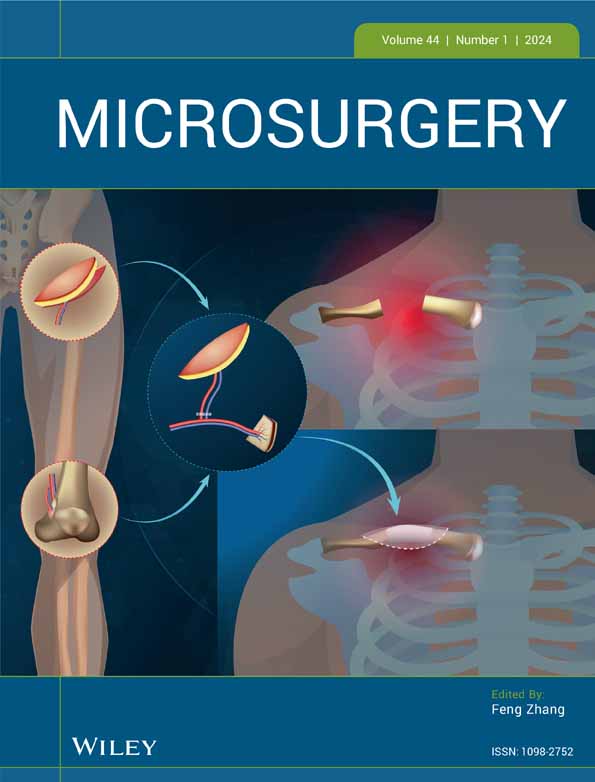Sentinel node restoration by vascularized lymph node transfer in mice
Abstract
Background
Recent reports have indicated that vascularized lymph node transfer (VLNT) may improve the impaired immunity in lymphedema but there has been no report concerning anti-cancer immunity. In the early tumor immune response, dendritic cells (DCs) participate in tumor recognition and antigen presentation in local lymphatics. Here, we investigated the impact of VLNT on DC dynamics against cancer in mouse models.
Methods
Forty-seven 8-week-old C57BL/6 N male mice were divided into three surgical groups: a VLNT model in which a vascularized inguinal lymph node (LN) flap was transferred into the ipsilateral fossa after a popliteal LN was removed; a LN dissection (LND) model in which the popliteal LN was dissected; and a control model in which a skin incision was made at the popliteal fossa and an ipsilateral inguinal LN was removed. Postoperative lymphatic flows were observed by indocyanine green lymphography and B16-F10-luc2 mouse melanoma were implanted into the ipsilateral footpad. The proportion of DCs in the transplanted nodes was measured by CD11c immunohistochemistry using digital imaging analysis 4 days after cancer implantation. Metastases to the lungs and LNs were quantitatively evaluated by luciferase assay 4 weeks after cancer implantation.
Results
After VLNT, lymphatic reconnection was observed in 59.2% of mice. The proportion of DCs was significantly higher in the VLNT group with lymphatic reconnection (8.6% ± 1.0%) than in the naïve LN (4.3% ± 0.4%) (p < .001). The tumor burden of lung metastases was significantly less in the VLNT group with lymphatic reconnection compared with the LND group (p = .049).
Conclusions
Metastasis decreased in mice with reconnected lymphatics after VLNT. A possible explanation was that lymphatic restoration may have contributed to the tumor immune response by allowing DC migration to LNs.
CONFLICT OF INTEREST
The authors declare no conflicts of interest.
Open Research
DATA AVAILABILITY STATEMENT
The data that support the findings of this study are openly available in Zenodo at https://zenodo.org/record/7122057#.YzUSHC33JKM, reference number 10.5281/zenodo.7122057.




